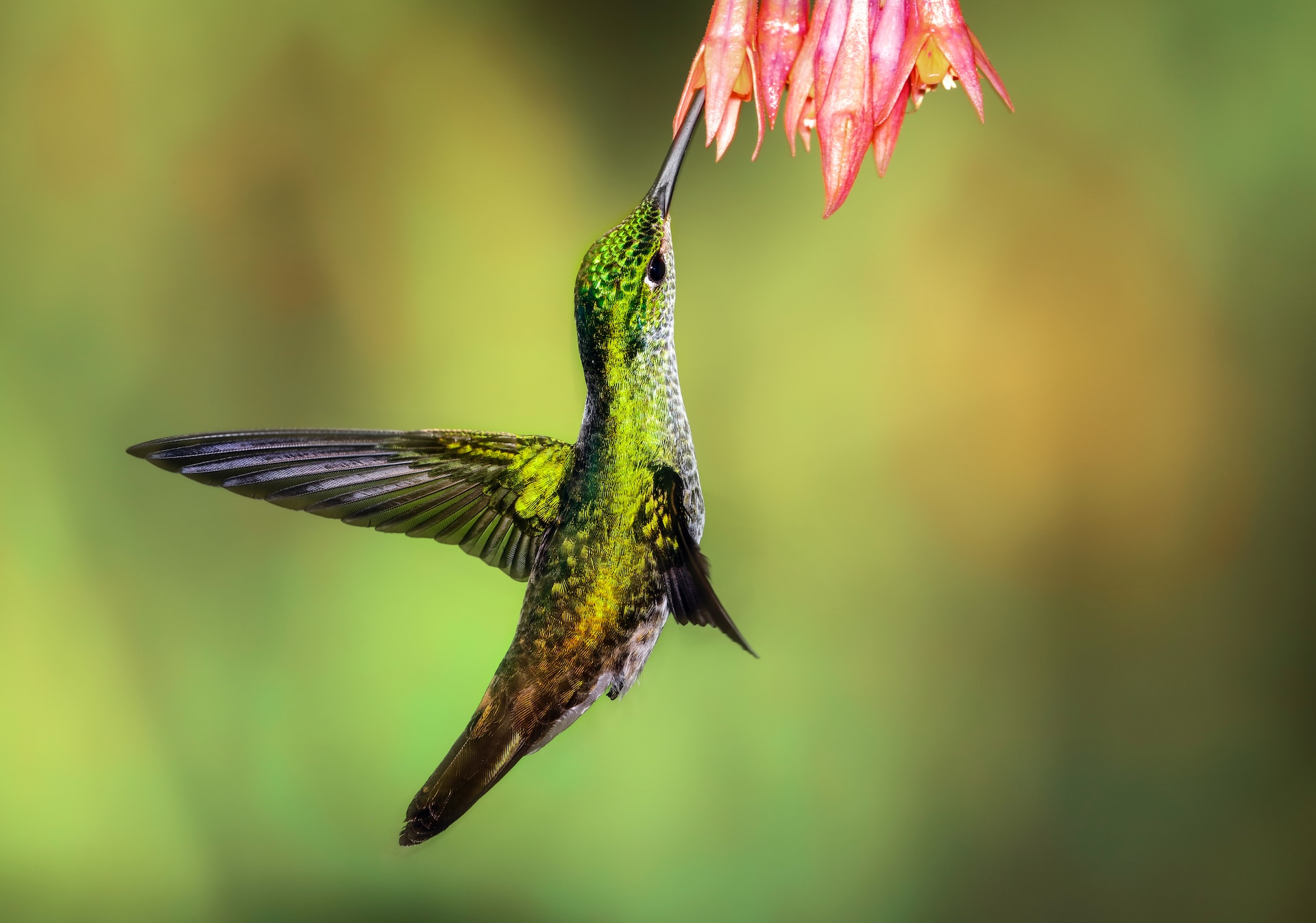Hummingbird Predators: A Constant Threat
Although their beauty astounds us, hummingbirds encounter numerous threats in their everyday lives. Prime predators to these enchanting creatures include cats, larger birds, and even praying mantises. Cats, with their predatory instincts, often lay undetected in gardens, aiming to pounce on the unsuspecting birds. Larger birds, such as hawks, and insects like praying mantises, pose threats too. This peril escalates when these predators become accustomed to frequent hummingbird hotspots such as gardens or feeders.
In order to safeguard hummingbirds from these risks, it’s essential to fine-tune feeder placements. Position feeders at about five feet above the ground and at a safe distance from dense shrubs or trees. This makes it harder for the predators to ambush and provides an essential escape route for the hummingbirds.
The Hidden Hazard: Window Collisions
Windows present a subtle but significant danger to hummingbirds. These swift flyers have poor frontal vision and, misled by the transparent glass, often succumb to fatal impacts. A mirror-like reflection during broad daylight can also fool them into a collision course.
A simple deterrence strategy involves using window decals or screens. These prevent the glass from acting as a misleading mirror while providing a visible barrier that the hummingbirds can steer clear of. Brightly colored decals are more noticeable, while matte-finished screens help reduce reflection.
Chemical Dangers: The Impact of Pesticides and Pollutants
Pesticides and pollutants pose a significant threat to hummingbirds and their food sources. Insecticides, pesticides, and herbicides pollute their nectar sources and lead to a decline in the insects that make up a key part of their diet. As they consume tremendous amounts of food daily, any toxins present in their feast can have detrimental effects.
To mitigate these risks, consider adopting organic gardening practices. This not only helps in Protecting Hummingbirds but also supports an overall richer and diverse ecosystem. By doing so, you are not only providing safe, toxin-free meals but also contributing to their habitat preservation.
Climate Change and Habitat Loss: Long-Term Threats to Hummingbirds
Climate change and habitat loss pose formidable challenges to hummingbirds. Changing weather patterns disrupt their feeding cycles and influence migration patterns. A premature spring or a delayed autumn can affect the blooming season of flowers, thus impacting their nectar sources.
Furthermore, increasing human encroachment and deforestation are shrinking their habitats, pushing them closer towards extinction. A proactive approach towards conservation efforts is thus necessary. Strategies include replanting forests, practicing sustainable farming, and creating hummingbird-friendly gardens at our homes. Let’s put our combined efforts towards making the world a safer place for these iridescent creatures.
<small>Image source: https://unsplash.com/photos/green-hummingbird-pollinating-on-pink-petaled-flowers-jQI1tnK6OEU </small>

